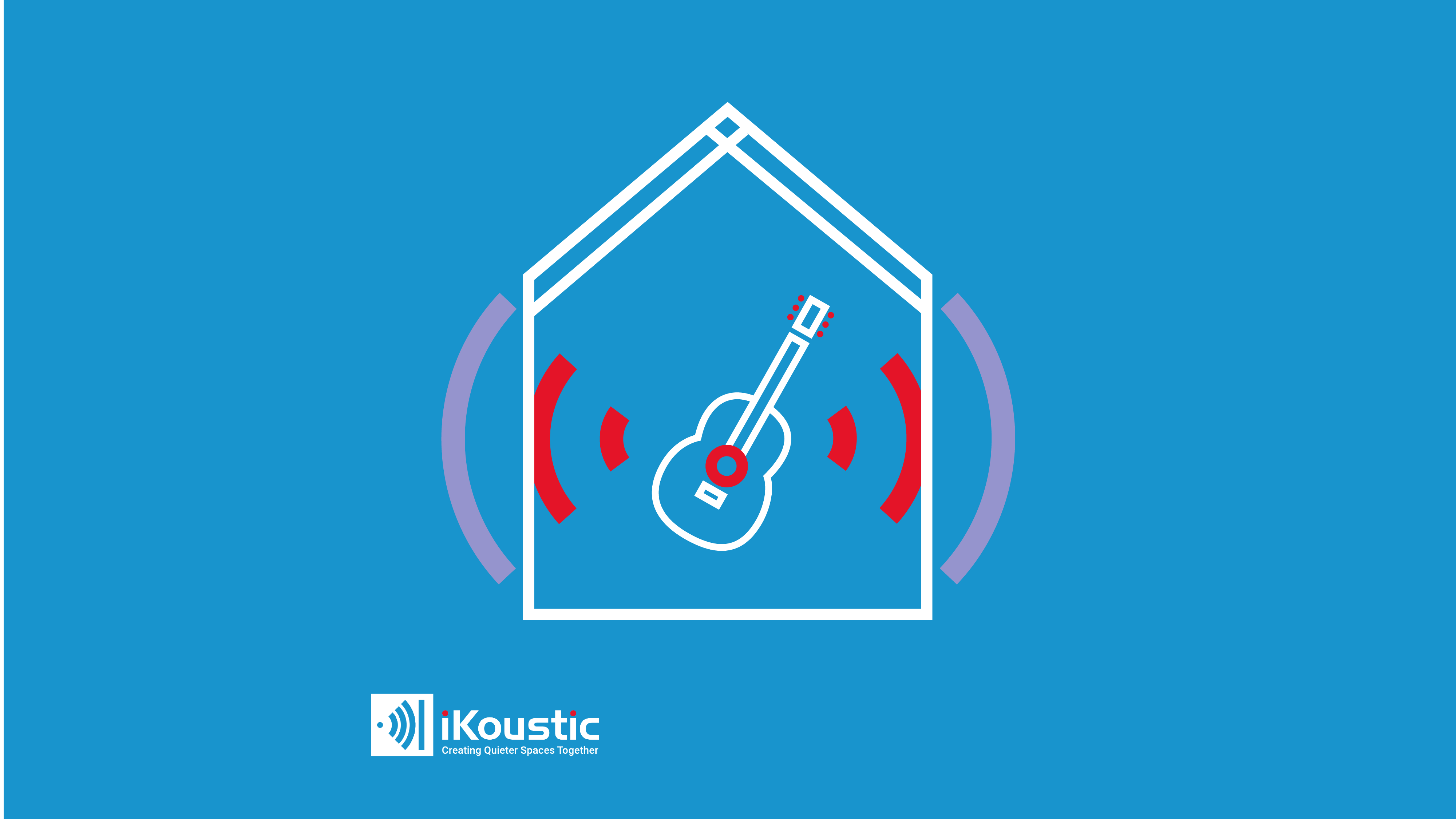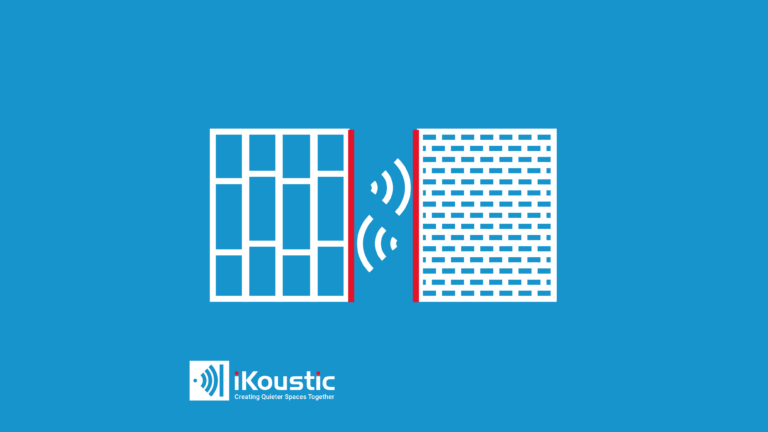Best Soundproof Garden Studio in 5 Steps (Cost & Guide)
A soundproof garden studio is a brilliant solution if you need a space to practice music, lift weights, focus for work, or just a space to escape from the madness for a while. However, to create soundproof garden studio, you need some expert advice or your efforts could easily be wasted.
Firstly, lets establish what we mean by ‘garden studio’. A garden studio, for the purpose of this blog post, is a semi-permanent space that is more substantial that a clad wooden shed. It will likely have brick or block walls and sit on concrete foundations. All of this is important to establish as it sets out the type of structure you are working with and the weight it can take. Furthermore, a soundproof garden studio with brick work is going to be able to achieve better soundproofing results than a wooden shed.
Please note, we advise you consult a structural engineer before undertaking any work on your garden room.
Create a soundproof garden studio in a weekend
Using the guide below, you can create a truly soundproof garden studio, perfect as a garden music studio or office space. This type of work can be achieved in a weekend, depending on the size of your space. However, we also have an installer network if you would like professional soundproofing installation.
How to Soundproof a Garden Studio
Total Time: 2 days
Step 1 – Prepare your garden studio for soundproofing
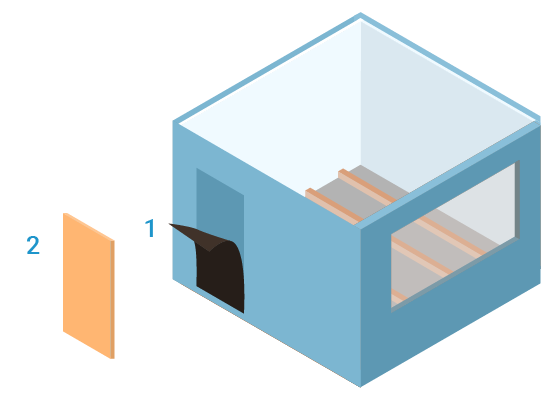
To get the whole space ready, begin removing everything inside the studio space.
Then remove any plasterboard or paneling on the walls to reveal the joist work.
Remove any carpet or flooring (can be reinstalled later).
At this stage, soundproof the electrics with insulated socket inserts.
Soundproof the door by replacing with a fireproof door.
Alternatively, lay MuteBarrier over the door and seal with a panel of MDF.
Step 2 – Soundproof garden studio walls
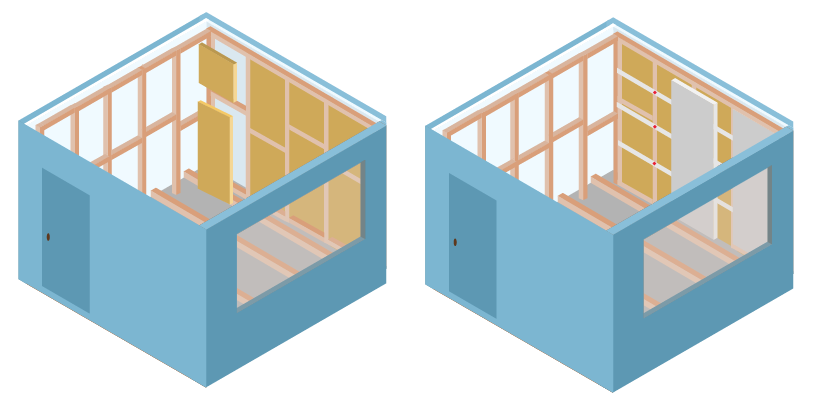
Install stud wall 5mm away from original brickwork in the garden studio.
Insert acoustic mineral wool between joists.
Measure and mark for MuteClips and attach to the studs.
Clip channel into the isolation clips.
Affix acoustic plasterboard to the clip and channel system, leave a 2-5mm gap around the edge of the room.
Seal perimeter and gaps with acoustic sealant.
Adhere Tecsound to the soundproof plasterboard.
Fix the second layer of acoustic plasterboard to the wall, stagger the joins from layer 1, again leave a 2-5mm gap.
Fill all gaps with acoustic sealant and scrim tape joins if you are skimming.
Step 3 – Soundproof a garden studio ceiling
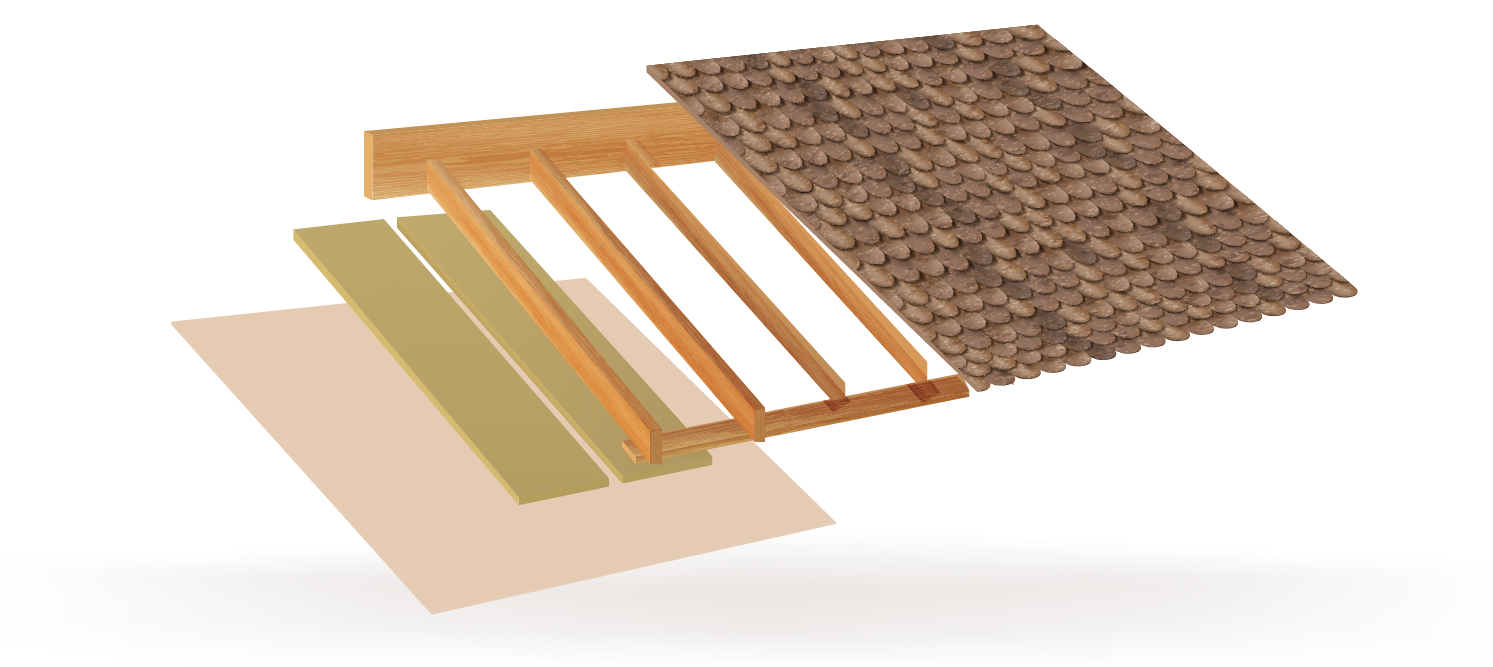
Tape isolation strips to the exposed joists.
Fill the cavities between joists with acoustic mineral wool.
To the joists, fit MuteBoard 2, leaving a 2-5mm gap around the edge of the ceiling.
Fill the gaps with acoustic sealant.
Tape joins with scrim tape, if skimming over the top.
Step 4 – Soundproof your garden studio floors

Between floor joists, install acoustic mineral wool.
Run perimeter flanking tape around the room.
Stick Isolation strips to the top of the wooden joists.
Butt floor boarding against perimeter band and screw back into place.
Loose lay or stick the MuteMat 3 over the flooring and tape with cloth tape.
Install self-adhesive isolation gripper strips, (if adding carpet) and grippers overtop.
Install final floor finish and required.
Step 5 – Acoustic treatment for a garden music room

With advice from soundproofing experts, install acoustic absorption panels to the walls and ceilings.
Hang or screw panels above the main music practice area.
Be sure to fix wall panels directly to the wall without space behind them.
Estimated Cost: 4700 GBP
Tools:
- Saw
- Stanley Knife
- Hammer
- Drill
- Screwdriver
- Sealant Gun
- Ladder
- Putty Knife
Materials: Ceiling Soundproofing Materials: MuteClip MuteClip Channel Rockwool RW3 100mm 60kg/m2 Acoustic Plasterboard 15mm Tecsound SY70 Floor Materials: MuteMat 3 Rockwool RW3 100mm 60kg/m2 Wall Soundproofing Materials: MuteClip MuteClip Channel Rockwool RW3 100mm 60kg/m2 Acoustic Plasterboard 15mm Tecsound SY70 General Soundproofing Supplies: Acoustic Sealant Scrim Tape Self-Drilling Screws Dry Wall Screws Isolation Strip F5 Perimeter Isolation Strip
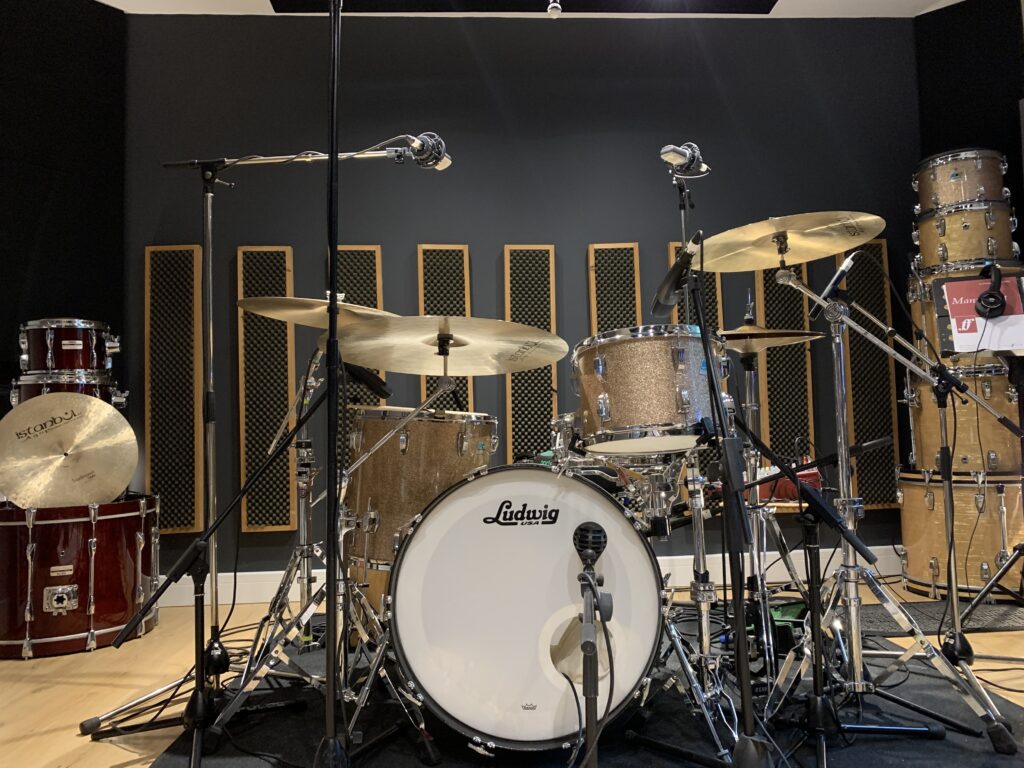
How much does a soundproof garden studio cost?
For a top tier system soundproofing system, it will cost in the region of £4,700 for a 3x3m garden room. However, it can cost as little as £1,200 to soundproof a garden room of the same size with different systems.
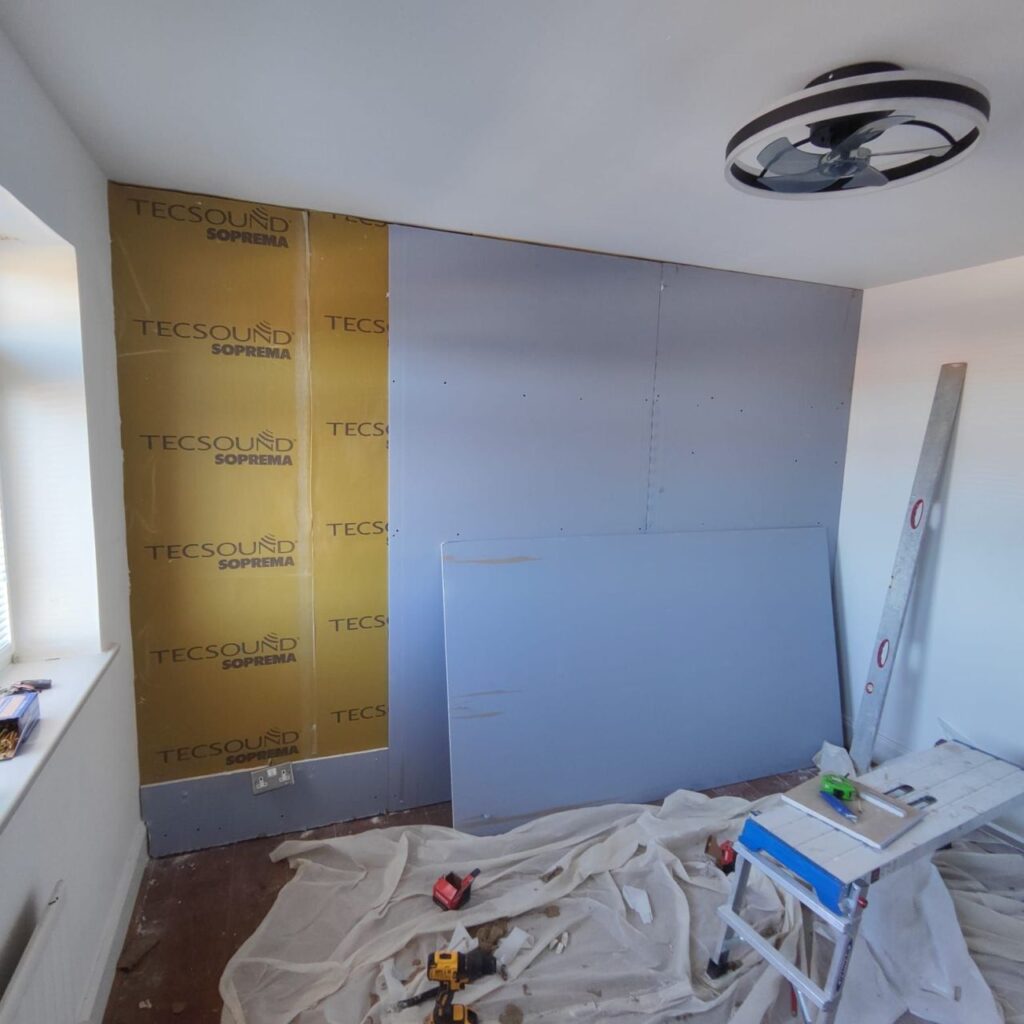
Does a soundproof garden studio work?
Yes, if you follow expert advise from soundproofing technicians you can soundproof a studio against outside noise, as well as, noise inside. A soundproof garden studio can be used as a drumming shed, garden music room, office and more.
For a soundproof garden studio to work best, you need high mass and acoustic insulation, follow the guidance above for the best soundproof results.
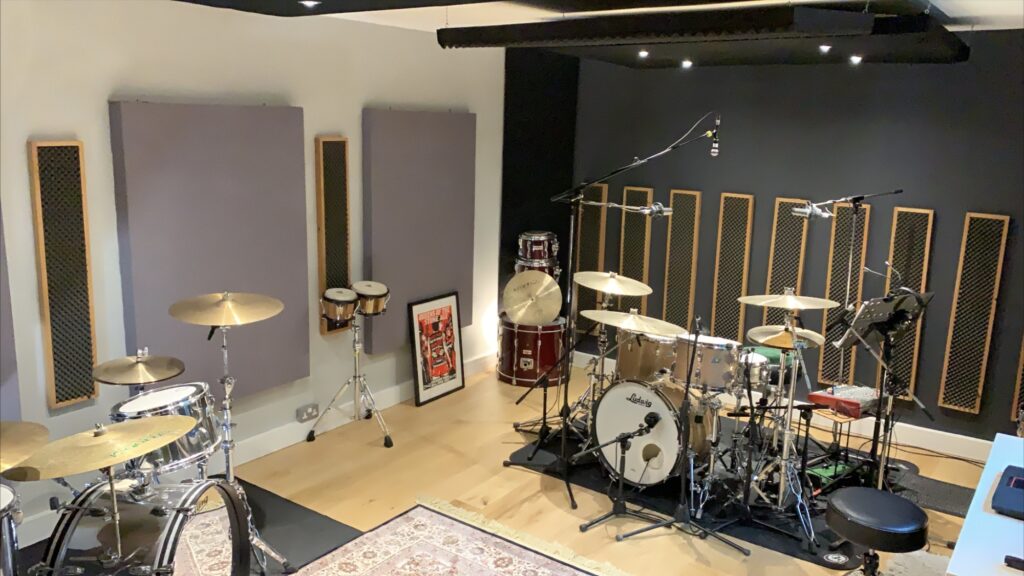
Can I soundproof my shed for drumming practice?
Yes, soundproofing a garden studio for drumming is a common application. Money is best spent on soundproofing the walls and ceiling against airborne noise. This is done by adding both mass and insulation, special care should be taken around the door seal and ideally windows should eb removed.
A soundproof drumming mat and carpet are sufficient floor treatment for a drumming shed, unless you need recording quality acoustics. We have specific information about creating a drumming shed which can be found here.
Soundproof Garden Studio Floor
For the floor, we have chosen a comprehensive system that will produce great results without major work required, either. For an outdoor, freestanding garden music studio, you don’t need to spend major cash on soundproofing the floor. This is because it is sat directly on the earth without being attached to another building.
Therefor, we are plugging cavities between the joists with acoustic mineral wool to prevent the creation of echoing spaces that allow reverb. This is easy to install and will provide immediate results in your garden room.
Acoustic mineral wool
We use acoustic mineral wool throughout this project. It is a key component in soundproofing a garden studio.
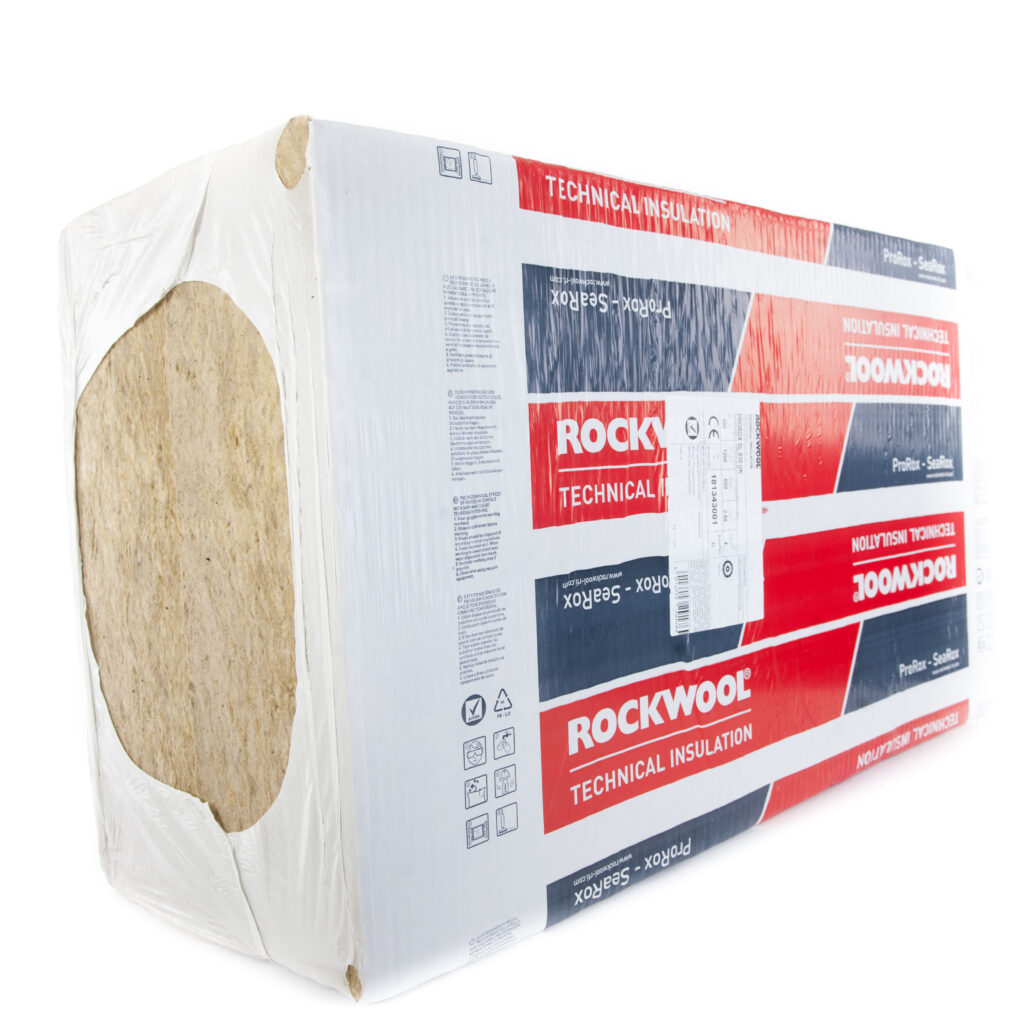
We have also installed the MuteMat 3 soundproofing underlay. This is comprised of two layers of mass loaded vinyl with a close cell foam sandwiched between. Close cell foam is excellent at absorbing vibrations, as, unlike generic foam, the air pockets are totally sealed. This means that it allows for compression without being completely compressed and unable to reinflate properly.
Soundproofing Underlay
The MuteMat 3 is two layers of high mass vinyl along with a thicker layer of closed cell foam to absorb impact sound.
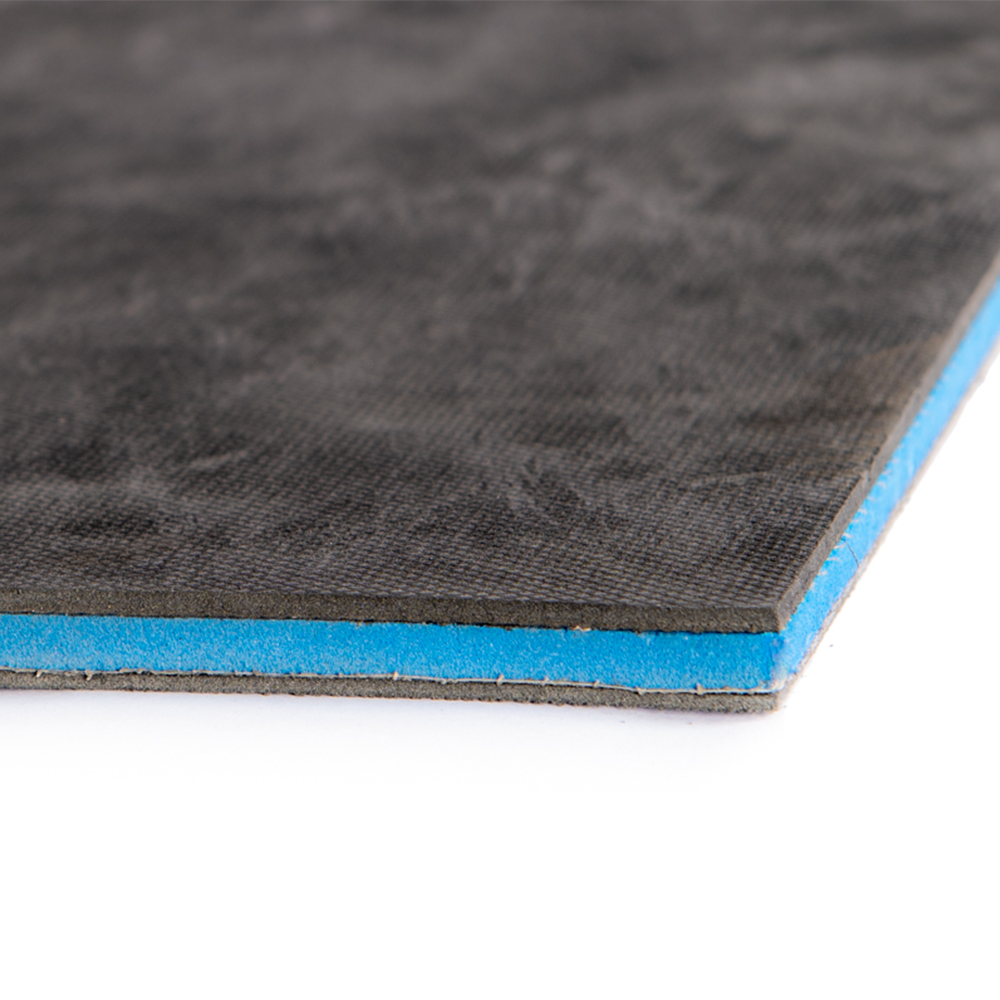
Soundproof Garden Studio Wall Solution
For the soundproof garden music room walls, we have chosen a high performing system. This isolation clip system add mass, adds absorption and decouples – ticking every box! For starters, we once again have acoustic mineral wool to absorb sound energy and help to control reverb.
Over the insulation, we add the MuteClip and channel. Our MuteClip is a more advanced isolation clip than most. It’s a small, light weight system that takes up minimal room but incorporates a dual density silicone. This dual density allows the MuteClip to reflect multiple frequencies of sound, as different mass materials will resonate at different frequencies [1].
The clip and channel helps to decouple the structure and reduce the travel of vibrations into the external wall and eventually the garden.
MuteClip
Dual density technology allows the MuteClip to reflect a wider range of soundwaves than ordinary isolation clips.
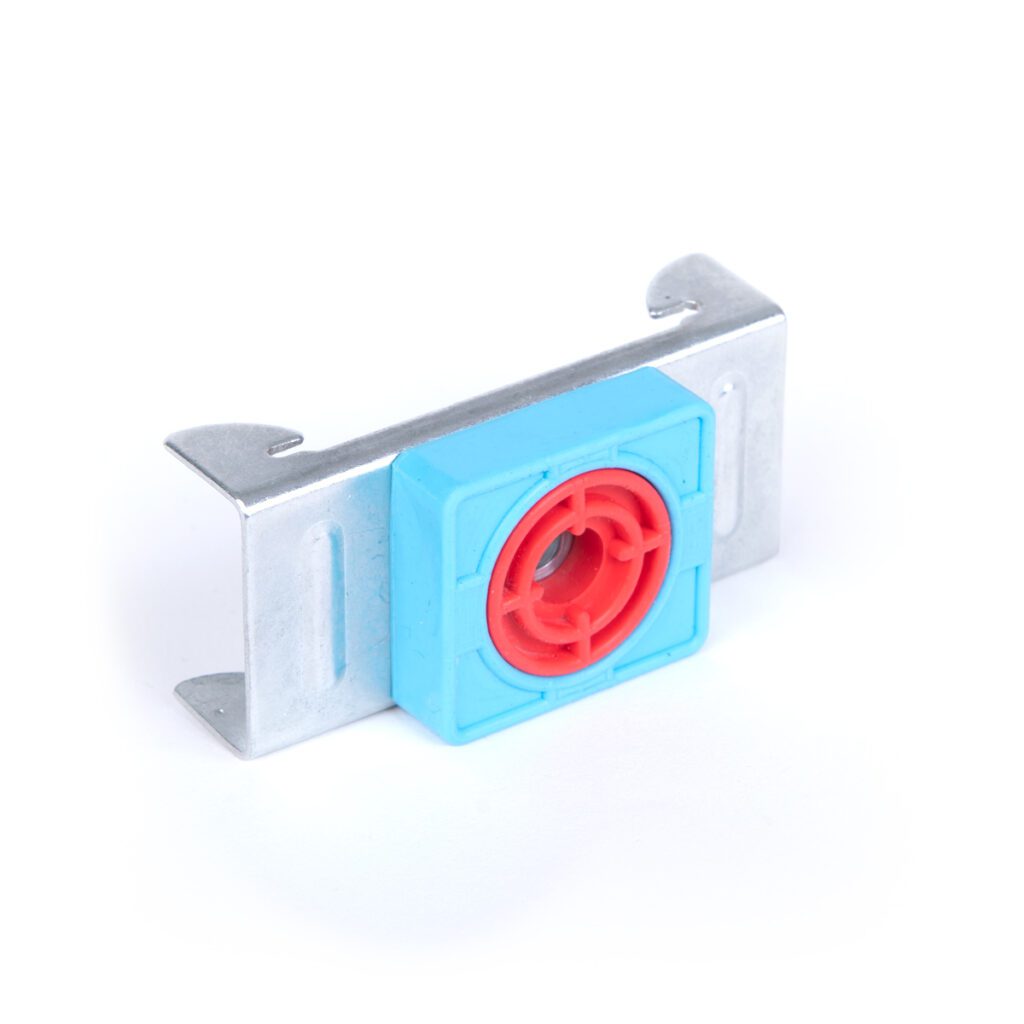
To the clip and channel system we add two new materials and form three layers of high mass to reflect sound. The first is 15mm of soundproofing plasterboard, which has a very high mass and can be easily attached to the channels.
Soundproof Plasterboard
We have a range of soundproof plasterboards, including half boards for super easy installation. For this job, we suggest the 15mm option.
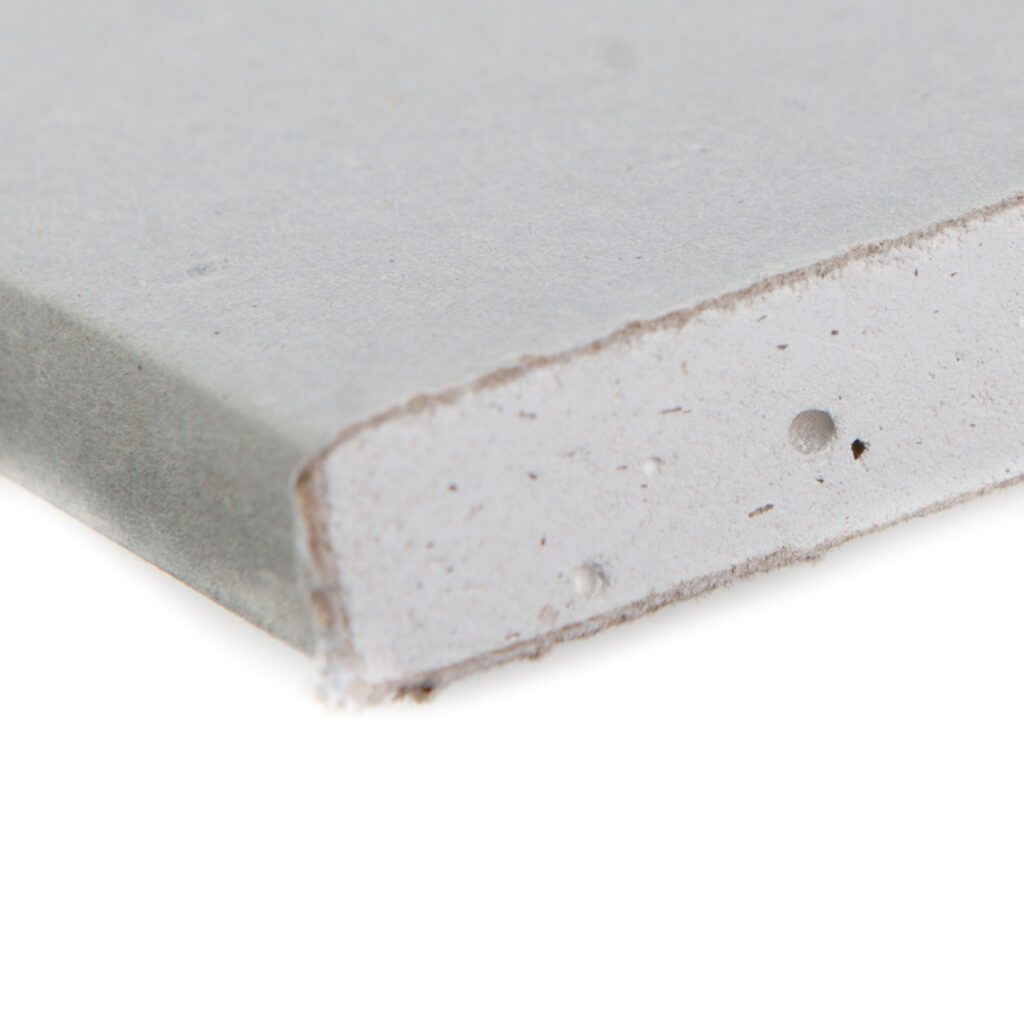
In between two layers of soundproof plasterboard, we add Tecsound which is a viscoelastic membrane. This self-adhesive high mass vinyl provides a little flex and prevents the wall becoming too rigid which would increase echo. This mid layer of high mass vinyl will help to dampen noise and is effective against airborne and impact sound.
Tecsound
This high mass vinyl is heavy, but we offer it in half rolls for an easy installation process. The high mass is effective against airborne noise, while the elastic qualities help reduce sound vibration.
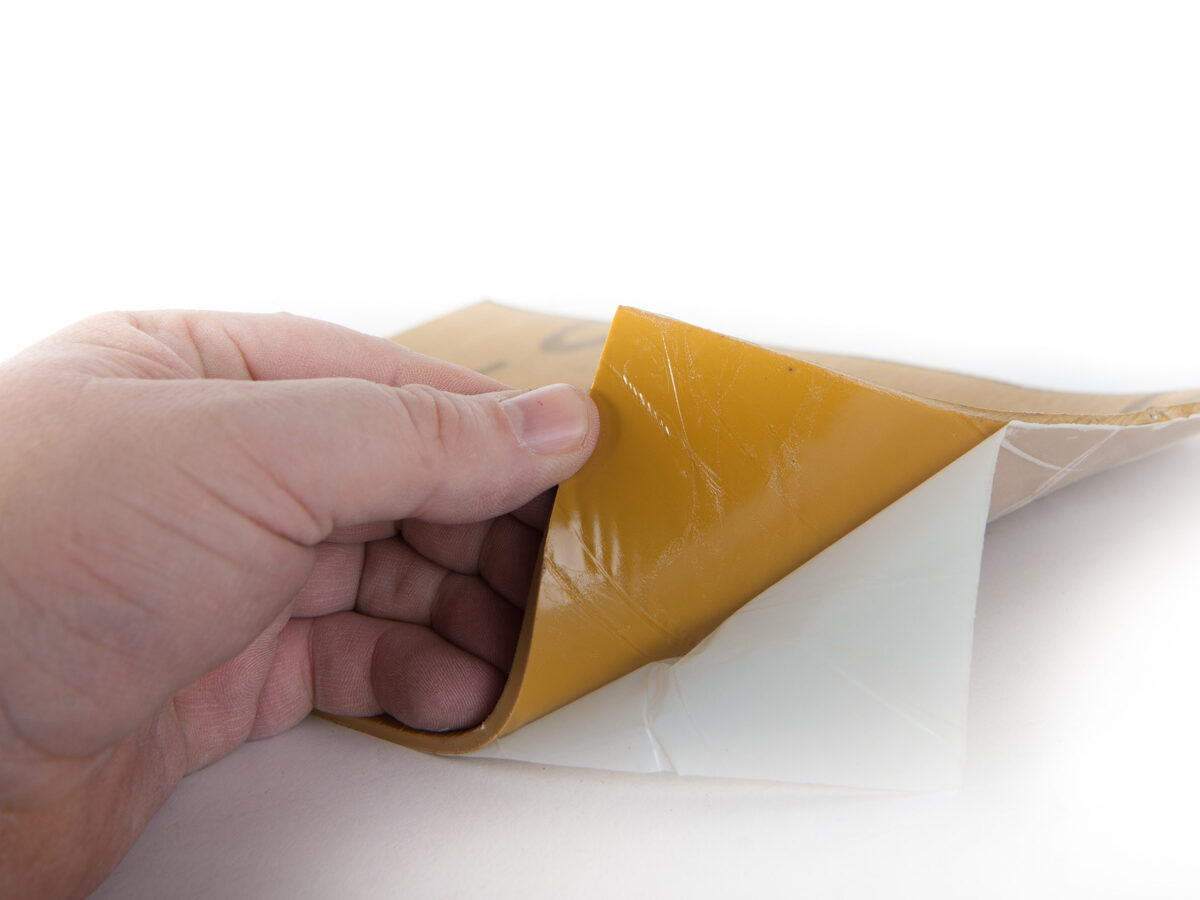
Soundproof garden studio ceiling
For the ceiling, we are taking a slim-line version of the wall soundproofing. This will help to keep some height in the final soundproof garden studio, too. Between the wood joists, we once again add acoustic mineral wool. Over the exposed joists, we add isolation strips F5, to help control the travel of the sound energy in the music studio.
To finish the soundproof garden studio ceiling, we add MuteBoard 2. This is a strong mix of soundproof plasterboard and mass loaded vinyl. This provides a good barrier against airborne noise and will also ensure some dampening of sound in the music studio.
MuteBoard 2
A fantastic, slimline solution to soundproof a garden studio against airborne noise. This is simple to install and with scrim tape between the joins, it’s read for your final finish.
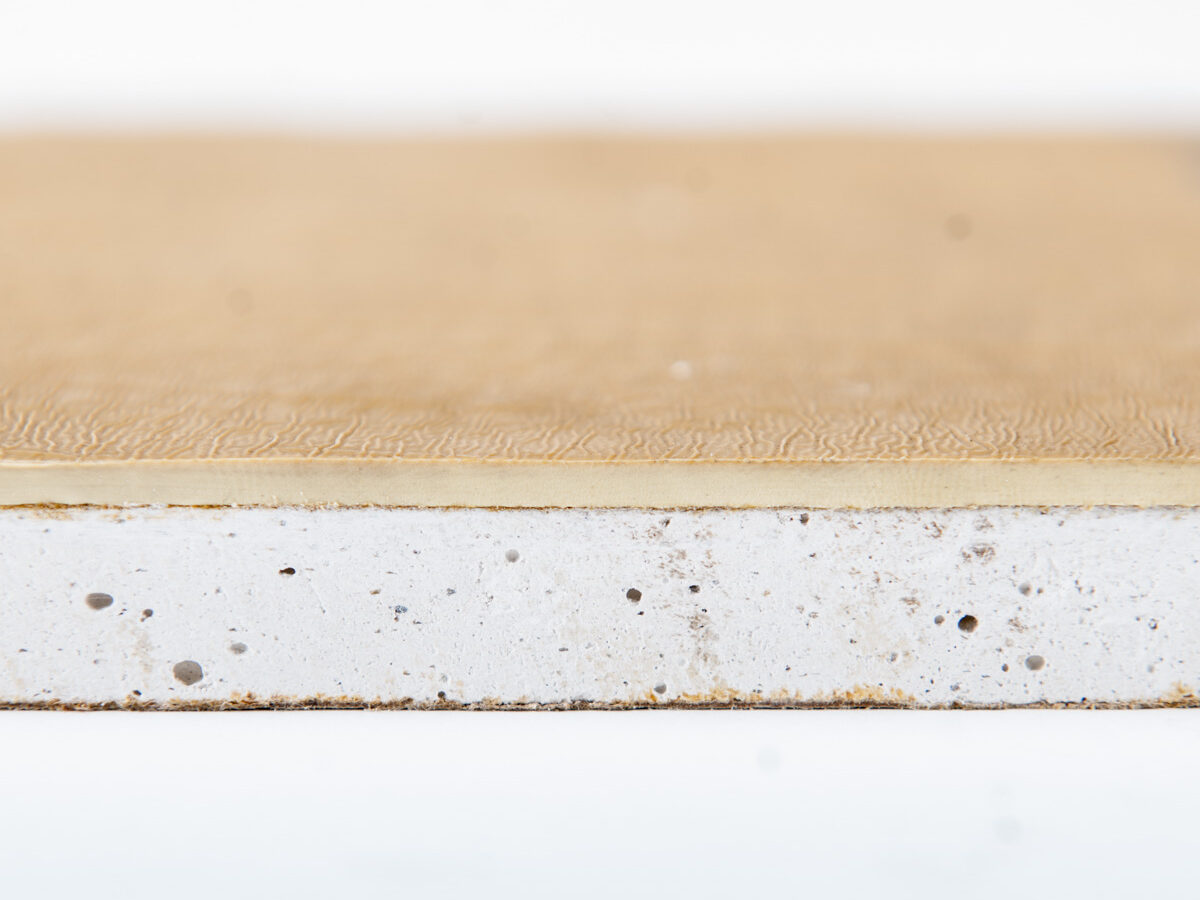
Acoustic panels for a soundproof garden music room
Adding absorbent materials into your music room is always a good idea and will give you better attenuation. You can add soft furnishings to your soundproof garden studio, which will help, but acoustic panels will give you excellent results.
How many acoustic panels do I need?
We usually recommend covering around a third of your space with acoustic panels, however, call our team to get advice. You may not need as many panels depending on the rest of your set up and the attenuation you require.
We have a vast range of acoustic panels and baffles to choose from. Our most basic is the Still Note, which is still a Class A performing absorbent materials. We also have options with more design flare, such as the SoftNote, which can be totally customised, if desired.
Acoustic Panels
We have a wide range of colours to choose from for our SoftNote range. You can also have a custom design printed to create wall art – or display your band logo!
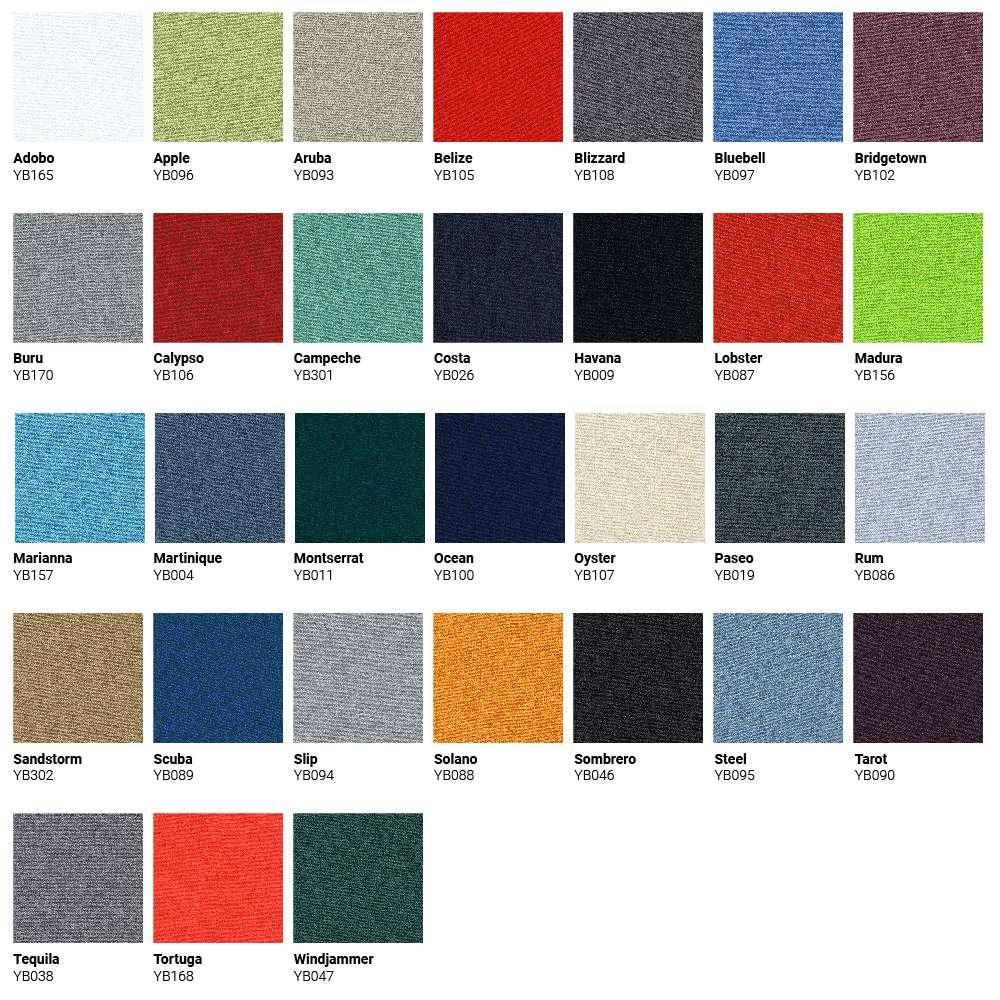
How does a soundproof garden studio work?
To understand how soundproofing for a garden studio works, we need to understand the science of soundproofing. Soundproofing relies on two major things; high mass and absorption. This is because mass reflects sound waves, which prevents them traveling through the material, and absorption changes the energy into something else, like heat.
Add mass to make a soundproof garden studio
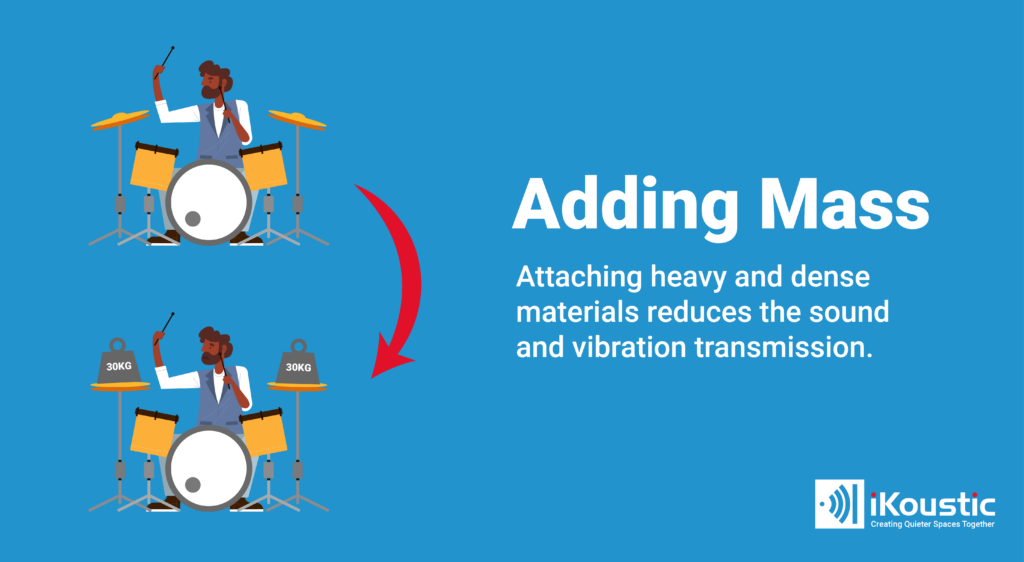
We add mass to soundproof a garden studio to decrease the soundwaves that are able to travel through the walls, ceilings or floors. When it comes to the floor, this is less critical for a garden studio as it is sat directly on the ground and not attached to another building.
For the walls, we use a combination of high mass vinyl, Tecsound, along with soundproof plasterboard. A double layer of the soundproof plasterboard with the Tecsound sandwiched between creates a high mass soundproofing wall in your garden studio. This is highly effective at reflecting sound back into the space and will work with drum kits, too.
Why absorbtion will help a soundproof garden studio
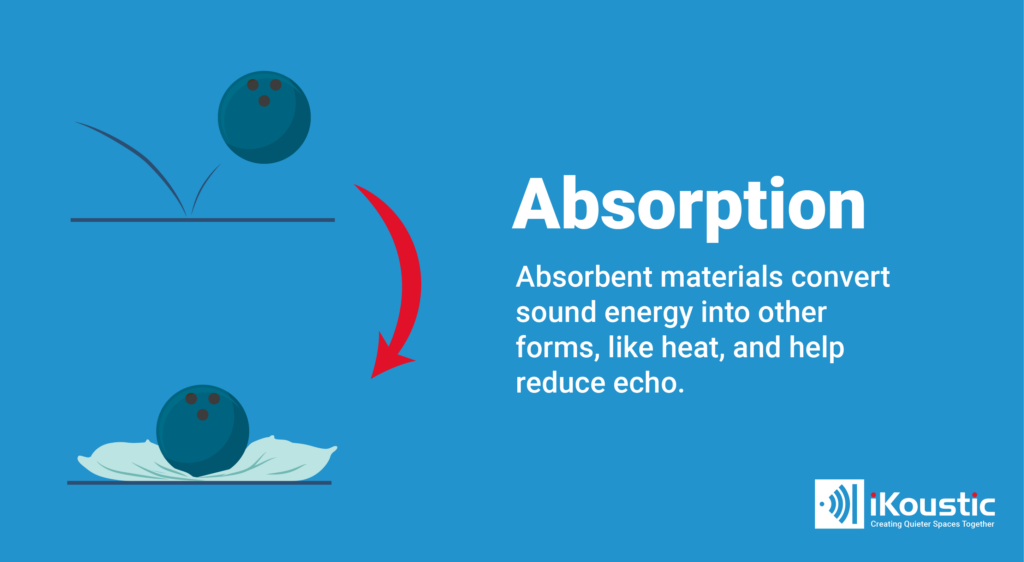
You’ll notice in the materials that there is a lot of acoustic mineral wool insulation, which is really important when it comes to a soundproof garden studio. Absorbing sound will change the energy into heat and prevent it reaching the outside.
Soft materials also help to reduce reverb and echo in the space, which is a problem if you only add high mass materials. If high mass materials trap sound, then absorbent materials control that sound within the soundproof garden studio. This is key for musicians, as it will improve the attenuation of the sound. If you plan to record music in your garden studio, you will need to pay more attention to the absorbent materials which are added after soundproofing has ben completed.
Decoupling structures in a soundproof garden studio
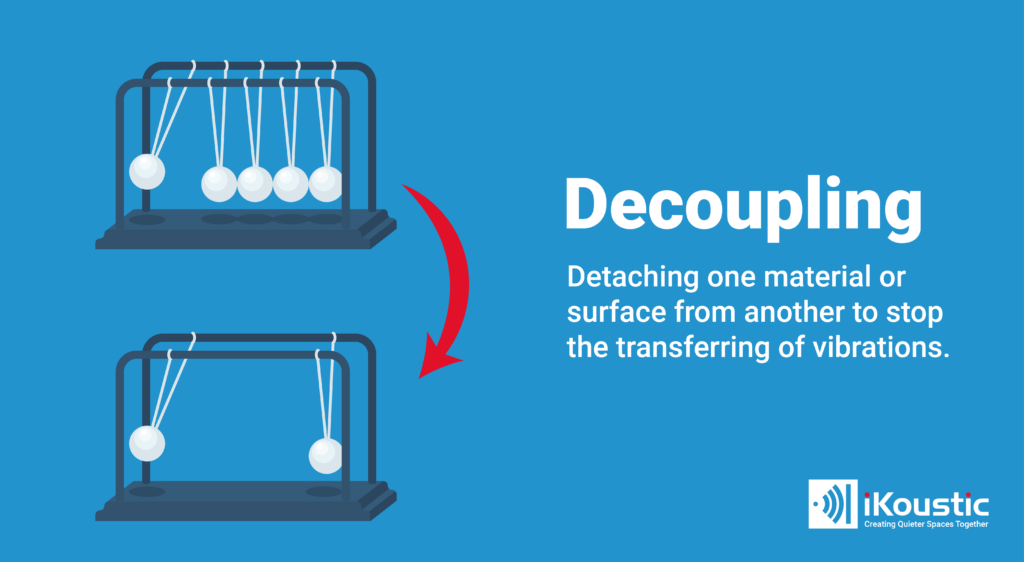
You can see with the wall soundproofing that we are decoupling the inner wall from the original block work. This has been done by building a new, independent stud wall at least 5mm away from the brickwork. It is secured to the adjacent wall but not without isolation strips between the structures to control the sound vibrations.
Decoupling structures makes it harder for sound to use materials to travel directly through. It’s like hitting a road block and the sound cannot jump from one material into another; the road simply ends. So, the fewer major structures that are in direct contact with each other the better!
When structures do touch, as I said, we use specialist soundproofing materials to control the movement of vibrations. This includes isolations strips on the joists as we assemble the floor, ceiling and walls, as well as, perimeter flanking tape to decouple the floor and walls.
Room within a Room Soundproof Garden Studio
By far and away the best methods for creating a soundproof garden studio is to build a ‘room within a room’. This would involve creating a clip and channel for the ceiling and floor as well as the walls. For this soundproof garden studio, we have only treated the walls with a clip and channel system. However, if you have the space and budget you can certainly use the MuteClip Double for your ceiling, too.
For the wall sounproofing in this music room, we need to build a second stud wall. If you’re looking to create a DIY soundproof garden studio, then find out how to build a stud wall here.
Soundproof Garden Studio Floor
For the floor, we have chosen a comprehensive system that will produce great results without major work required, either. For an outdoor, freestanding garden music studio, you don’t need to spend major cash on soundproofing the floor. This is because it is sat directly on the earth without being attached to another building.
Therefor, we are plugging cavities between the joists with acoustic mineral wool to prevent the creation of echoing spaces that allow reverb. This is easy to install and will provide immediate results in your garden room.

Acoustic mineral wool
We use acoustic mineral wool throughout this project. It is a key component in soundproofing a garden studio.
We have also installed the MuteMat 3 soundproofing underlay. This is comprised of two layers of mass loaded vinyl with a close cell foam sandwiched between. Close cell foam is excellent at absorbing vibrations, as, unlike generic foam, the air pockets are totally sealed. This means that it allows for compression without being completely compressed and unable to reinflate properly.

Soundproofing Underlay
The MuteMat 3 is two layers of high mass vinyl along with a thicker layer of closed cell foam to absorb impact sound.
Soundproof Garden Studio Wall Solution
For the soundproof garden music room walls, we have chosen a high performing system. This isolation clip system add mass, adds absorption and decouples – ticking every box! For starters, we once again have acoustic mineral wool to absorb sound energy and help to control reverb.
Over the insulation, we add the MuteClip and channel. Our MuteClip is a more advanced isolation clip than most. It’s a small, light weight system that takes up minimal room but incorporates a dual density silicone. This dual density allows the MuteClip to reflect multiple frequencies of sound, as different mass materials will resonate at different frequencies [1].
The clip and channel helps to decouple the structure and reduce the travel of vibrations into the external wall and eventually the garden.

MuteClip
Dual density technology allows the MuteClip to reflect a wider range of soundwaves than ordinary isolation clips.
To the clip and channel system we add two new materials and form three layers of high mass to reflect sound. The first is 15mm of soundproofing plasterboard, which has a very high mass and can be easily attached to the channels.

Soundproof Plasterboard
We have a range of soundproof plasterboards, including half boards for super easy installation. For this job, we suggest the 15mm option.
In between two layers of soundproof plasterboard, we add Tecsound which is a viscoelastic membrane. This self-adhesive high mass vinyl provides a little flex and prevents the wall becoming too rigid which would increase echo. This mid layer of high mass vinyl will help to dampen noise and is effective against airborne and impact sound.

Tecsound
This high mass vinyl is heavy, but we offer it in half rolls for an easy installation process. The high mass is effective against airborne noise, while the elastic qualities help reduce sound vibration.
Soundproof garden studio ceiling
For the ceiling, we are taking a slim-line version of the wall soundproofing. This will help to keep some height in the final soundproof garden studio, too. Between the wood joists, we once again add acoustic mineral wool. Over the exposed joists, we add isolation strips F5, to help control the travel of the sound energy in the music studio.
To finish the soundproof garden studio ceiling, we add MuteBoard 2. This is a strong mix of soundproof plasterboard and mass loaded vinyl. This provides a good barrier against airborne noise and will also ensure some dampening of sound in the music studio.

MuteBoard 2
A fantastic, slimline solution to soundproof a garden studio against airborne noise. This is simple to install and with scrim tape between the joins, it’s read for your final finish.
Acoustic panels for a soundproof garden music room
Adding absorbent materials into your music room is always a good idea and will give you better attenuation. You can add soft furnishings to your soundproof garden studio, which will help, but acoustic panels will give you excellent results.
How many acoustic panels do I need?
We usually recommend covering around a third of your space with acoustic panels, however, call our team to get advice. You may not need as many panels depending on the rest of your set up and the attenuation you require.

We have a vast range of acoustic panels and baffles to choose from. The best acoustic panel for your music studio would be the Still Note.
This is a new range of acoustic panels for 2023 and as well as being a Class A absorption material, they’re also incredibly cost effective. The Soft Note is easy to install with a straight forward spray adhesive – no screws, no nails and no mess!
They can be affixed to the walls and ceilings in this way and come in a variety of sizes and soft tones. There’s even an option to hang them from the ceiling as rafts, if you have the head space!
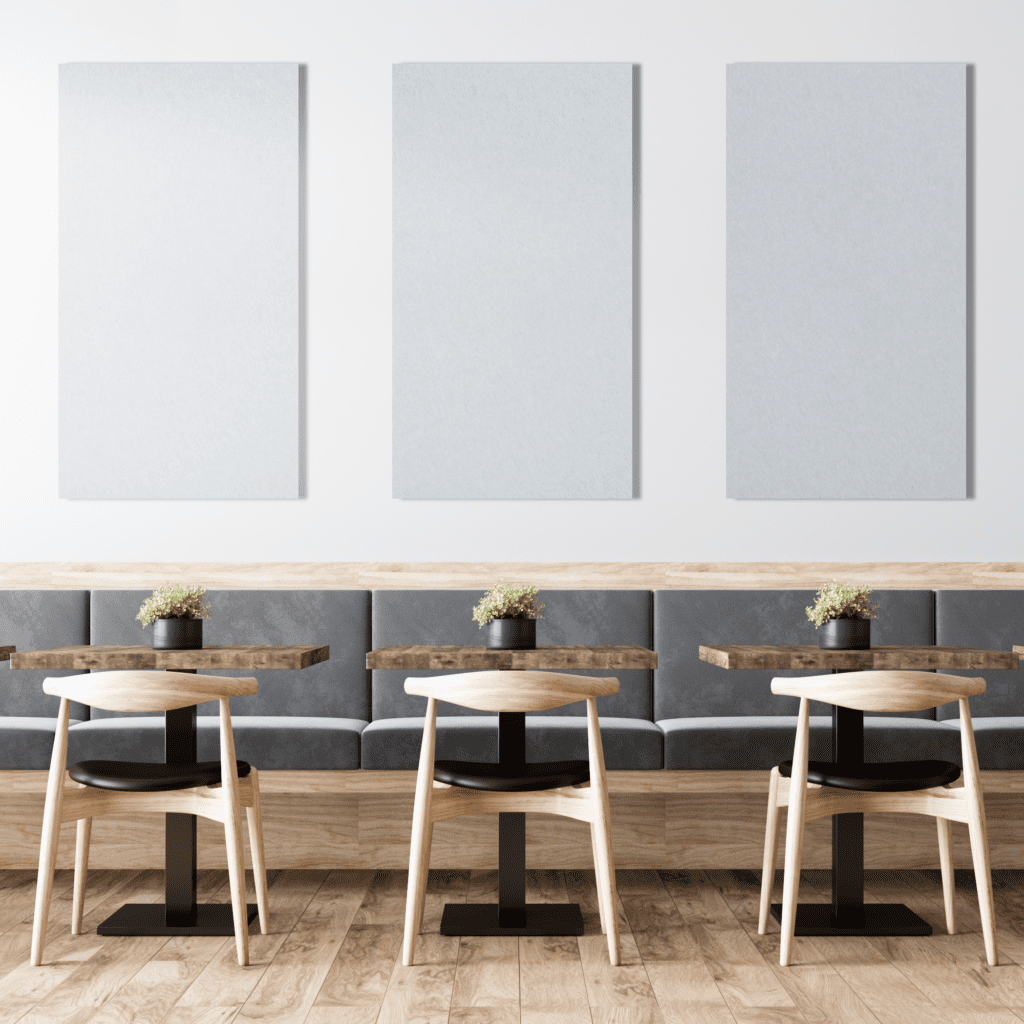
Acoustic Panels
The Still Note range would be the best option for a music studio as they’re high performing, versatile and cost effective.
How does a soundproof garden studio work?
To understand how soundproofing for a garden studio works, we need to understand the science of soundproofing. Soundproofing relies on two major things; high mass and absorption. This is because mass reflects sound waves, which prevents them traveling through the material, and absorption changes the energy into something else, like heat.
Add mass to make a soundproof garden studio

We add mass to soundproof a garden studio to decrease the soundwaves that are able to travel through the walls, ceilings or floors. When it comes to the floor, this is less critical for a garden studio as it is sat directly on the ground and not attached to another building.
For the walls, we use a combination of high mass vinyl, Tecsound, along with soundproof plasterboard. A double layer of the soundproof plasterboard with the Tecsound sandwiched between creates a high mass soundproofing wall in your garden studio. This is highly effective at reflecting sound back into the space and will work with drum kits, too.
Why absorption will help a soundproof garden studio

You’ll notice in the materials that there is a lot of acoustic mineral wool insulation, which is really important when it comes to a soundproof garden studio. Absorbing sound will change the energy into heat and prevent it reaching the outside.
Soft materials also help to reduce reverb and echo in the space, which is a problem if you only add high mass materials. If high mass materials trap sound, then absorbent materials control that sound within the soundproof garden studio. This is key for musicians, as it will improve the attenuation of the sound. If you plan to record music in your garden studio, you will need to pay more attention to the absorbent materials which are added after soundproofing has ben completed.
Decoupling structures in a soundproof garden studio

You can see with the wall soundproofing that we are decoupling the inner wall from the original block work. This has been done by building a new, independent stud wall at least 5mm away from the brickwork. It is secured to the adjacent wall but not without isolation strips between the structures to control the sound vibrations.
Decoupling structures makes it harder for sound to use materials to travel directly through. It’s like hitting a road block and the sound cannot jump from one material into another; the road simply ends. So, the fewer major structures that are in direct contact with each other the better!
When structures do touch, as I said, we use specialist soundproofing materials to control the movement of vibrations. This includes isolations strips on the joists as we assemble the floor, ceiling and walls, as well as, perimeter flanking tape to decouple the floor and walls.
Room within a Room Soundproof Garden Studio
By far and away the best methods for creating a soundproof garden studio is to build a ‘room within a room’. This would involve creating a clip and channel for the ceiling and floor as well as the walls. For this soundproof garden studio, we have only treated the walls with a clip and channel system. However, if you have the space and budget you can certainly use the MuteClip Double for your ceiling, too.
For the wall sounproofing in this music room, we need to build a second stud wall. If you’re looking to create a DIY soundproof garden studio, then find out how to build a stud wall here.
Find a soundproof installer near you
If you would like to find a professional soundproof installer, then you’ve come to the right place! We have a fabulous network of specialist soundproof installers, so you can find a soundproof installer near you.

